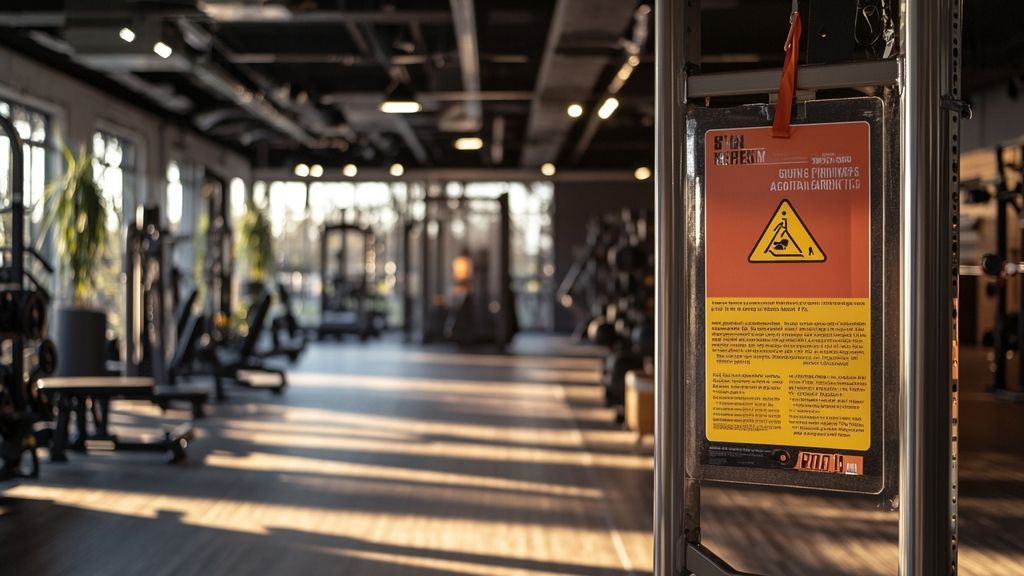When it comes to maximizing fitness and building bonds, nothing beats a well-organized CrossFit workout with friends. Group training not only promotes accountability but also enhances motivation, making hitting fitness goals feel more attainable. This comprehensive guide explores the essential components of setting up an effective CrossFit session for a group, enhancing both the workout experience and camaraderie among friends.
CrossFit is celebrated for its dynamic and varied workouts, emphasizing functional movements that are scalable to all fitness levels. Whether you’re a seasoned athlete or just beginning your fitness journey, organizing a group workout requires careful planning to cater to everyone’s needs while ensuring fun and effective training. From workout selection to safety measures, each step is crucial for a successful workout.
Understanding Group Dynamics in Fitness
Understanding how group dynamics function is vital when organizing a workout for friends. Each participant brings unique strengths, weaknesses, and preferences, creating a blend that can significantly impact the atmosphere and productivity of the session.
Creating an Inclusive Environment
Begin by ensuring that all fitness levels feel welcome. This inclusivity fosters a positive environment where friends can encourage each other. One effective way to achieve this is by taking a few moments before the workout to assess each individual’s fitness level. This understanding allows you to tailor the workout accordingly, including modifications for those who may need them.
Assigning Roles and Responsibilities
Assigning roles can also improve group dynamics. Designate a warm-up leader, a timer, or a designated coach for the day. These roles can help streamline the session, making it more effective and ensuring everyone knows what to expect.
Choosing the Right Workout Format

Selecting the appropriate workout format is key to keeping everyone engaged and challenged. Options include AMRAPs (As Many Rounds As Possible), EMOMs (Every Minute On the Minute), and traditional time-based WODs (Workout of the Day), each offering distinct benefits.
AMRAP Workouts
AMRAP workouts are excellent for promoting endurance and speed. In an AMRAP session, participants aim to complete as many rounds of specific movements in a predetermined timeframe. This format fosters healthy competition while allowing individuals at different fitness levels to work at their own pace.
EMOM Workouts
In an EMOM workout, participants perform a designated set of exercises at the start of each minute. This structure not only ensures that everyone gets an adequate workout but also allows for rest at the end of each minute, making it ideal for varying fitness levels.
Chipper Workouts
A chipper involves a series of movements completed in sequence until all repetitions are completed, whether it’s 50 double-unders or 100 wall balls. This format is great for building endurance and allows each friend to tackle challenges in their own way.
Structuring the Workout
A well-structured workout ensures participants stay engaged and effectively demonstrates the principles of CrossFit training. Start with a warm-up, which is crucial for preparing muscles and preventing injuries.
Warm-Up Strategies
A dynamic warm-up should include mobility work and light cardio to elevate heart rates. Incorporate movements like leg swings, arm circles, or gentle jogging for about 10 minutes. You may also use this time to cue your friends on the exercises that will follow, ensuring they understand the movements and have a chance to ask questions.
Workout Execution
During the workout, emphasize proper form. Walk around, giving tips while providing motivation. Group training should be a chance for everyone to support one another! Celebrate milestones together and encourage participants to push through challenging moments, as shared perseverance can be incredibly rewarding.
Cooldown and Stretching
After the workout ends, lead a cooldown session with static stretches targeting key muscle groups worked during the session. This step helps in muscle recovery and promotes flexibility, wrapping up the workout on a positive note.
Safety Measures and Communication

Ensuring the safety of each participant is paramount, especially in a group setting. As the organizer, implement clear communication channels to address any concerns promptly.
Creating a Safe Environment
Install basic rules regarding equipment handling and exercise execution. Stress the importance of using correct form and listening to one’s body. Emphasize modifications for those unfamiliar with certain movements or those coming back from injuries to promote a safe and effective workout.
Encouraging Open Communication
Encourage participants to ask for feedback or clarification on any exercise, as well as express any discomfort during the session. Creating an environment where everyone feels comfortable discussing their needs contributes significantly to effective workouts.
Fostering a Sense of Community
One of the beauty facets of CrossFit is the community spirit it cultivates. To foster connections and camaraderie among participants, incorporate team-building elements into your sessions.
Team Challenges and Fun Activities
Incorporating partner workouts or team challenges into your routine invites friendly competition and encourages teamwork. Set aside specific days for these activities, creating an exciting environment where individuals work together towards common goals.
Celebrating Achievements
Recognize the efforts and achievements of your friends, whether they hit new personal records or simply show up consistently. Acknowledgment fosters motivation and encourages accountability among peers, creating a positive atmosphere for everyone involved.
Final Touches for a Successful Workout

After a successful workout, it’s essential to wind down and reflect. Provide healthy snacks or hydration options for your friends. Sharing post-workout recovery snacks can lead to discussions about experiences and reinforcing the social aspect of fitness.
Consider Post-Workout Hangouts
Moreover, explore opportunities for post-workout hangouts, such as stretching sessions, yoga classes, or simply grabbing a post-workout meal together. These moments can solidify friendships and keep the enthusiasm for fitness alive.
Evaluate and Adjust
Finally, gather feedback about the session to understand what worked well and areas for improvement. This post-workout discussion can serve as a basis for planning future workouts, ensuring each subsequent session is even better!
